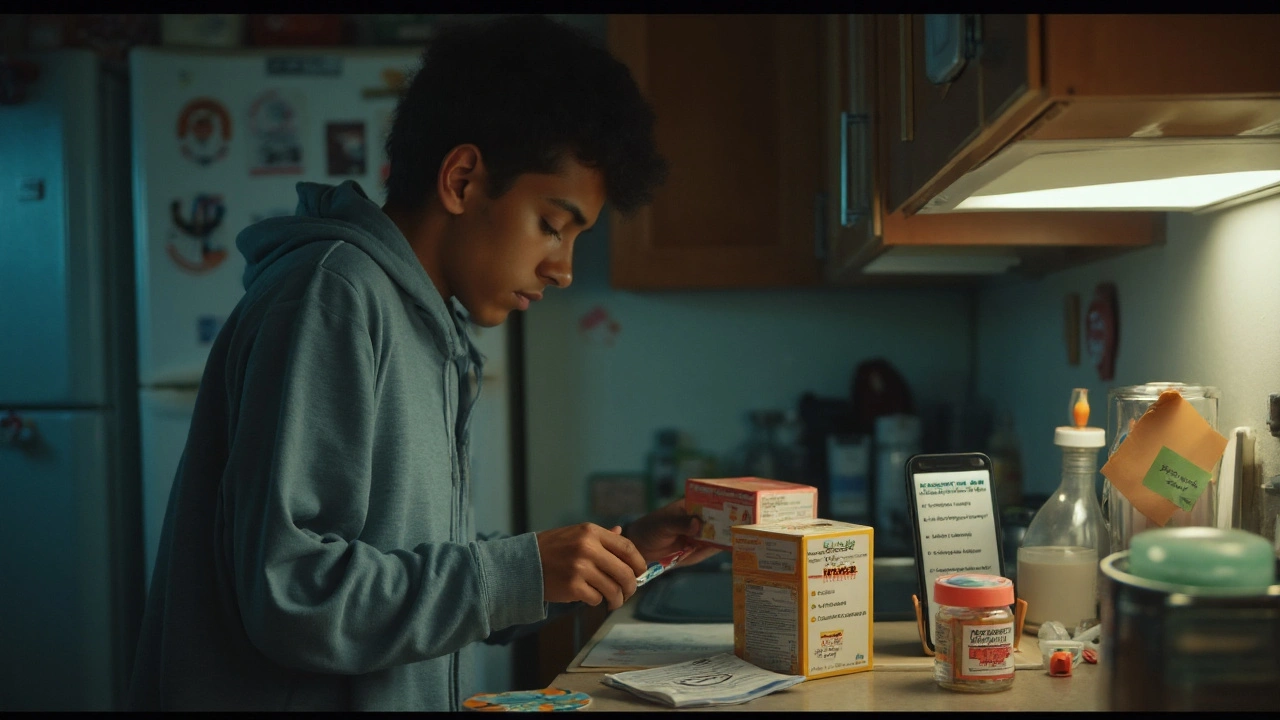Drug Interactions: Quick Tips for Safe Medication Management
Ever opened a prescription bottle and wondered if what you're taking might clash with another pill? You’re not alone. Understanding drug interactions can feel like decoding a secret code, but it doesn’t have to be confusing. This page gathers the most useful posts on spotting risky combos, reading interaction charts, and making smarter choices with meds.
How to Read a Drug Interaction Chart in Seconds
The first step is getting comfortable with the chart layout. Most charts list drugs down the left side and across the top, with color‑coded cells that flag concerns. Green means low risk, yellow signals caution, and red warns of serious danger. Focus on the red cells first—those are the interactions you must avoid or discuss with your pharmacist.
Look for column headers that show dosage forms (tablet, liquid, etc.) because the same ingredient can behave differently depending on how you take it. If a cell is yellow, note the specific warning: does it increase side effects, reduce effectiveness, or require timing changes? Jot down any notes, then double‑check with your doctor before making adjustments.
Everyday Situations Where Interactions Sneak In
Even over‑the‑counter meds can stir up problems. For example, ibuprofen may boost the risk of stomach bleeding when paired with blood thinners. Antacids can lower the absorption of certain antibiotics, making them less effective. Herbal supplements like St. John’s wort are notorious for speeding up the metabolism of many prescription drugs, which can leave you under‑dosed.
To keep things simple, create a master list of everything you take—prescriptions, vitamins, herbal teas, and even occasional painkillers. Bring that list to each pharmacy visit and ask the pharmacist to run a quick interaction check. A short conversation now can prevent a hospital visit later.
When you’re traveling, don’t rely on memory alone. Pack a copy of your medication list and use free mobile apps that scan barcodes to flag interactions. The extra step takes less than a minute but offers huge peace of mind.
By staying proactive—reading charts, asking questions, and keeping a running list—you’ll turn drug interactions from a hidden threat into a manageable part of your health routine. Dive into the posts below for deeper dives on specific topics like painkiller safety, brand‑name vs. generic differences, and when it’s okay to swap a drug for an equivalent.
Ready to master your meds? Bookmark this page, explore the articles, and keep your medication routine safe and effective.
Self‑Medication: Where to Draw the Line? Safe OTC Use, Red Flags, and When to See a Doctor
Posted by Kayla Susana on Sep, 6 2025

Clear rules for safe self-medication: what you can treat at home, red flags, dosing limits, interactions, and when to get care-practical 2025 guide.
